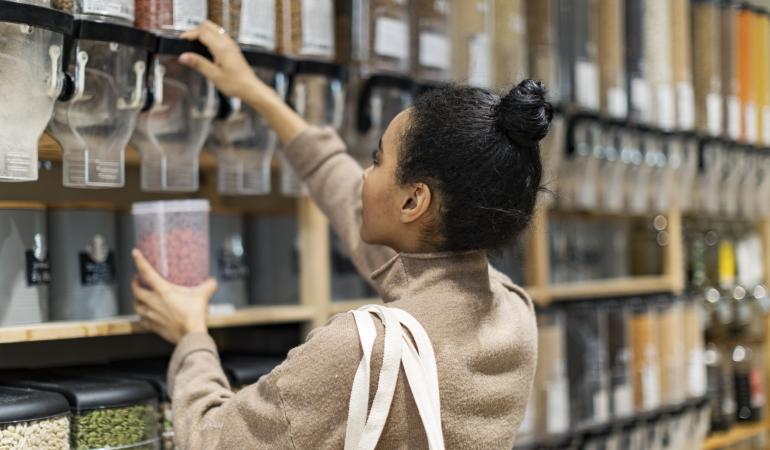
Only 7 percent of plastic packaging in the Netherlands is reused as material for new packaging. The Dutch government aims to ensure that by 2050, no packaging is made from (new) fossil-based resources. However, this goal is unachievable without new policies and changes in behaviour from both the packaging industry and consumers, according to research by the RIVM, in collaboration with Utrecht University, Rijkswaterstaat, and TNO.
Plastic packaging contributes to climate change, pollution, and a decline in biodiversity. Most plastic packaging is still produced from new fossil resources, and the use of plastic packaging is on the rise, particularly for on-the-go food and drinks or ready meals. Additionally, the increase in smaller households means relatively higher packaging use. TNO’s modelling indicates that if we do nothing, demand for plastic packaging will rise by 17 percent.
Government, Businesses, and Consumers Must Take Action
The focus is currently mainly on recycling. However, it is crucial that the government also introduces measures to promote the reduction and reuse of plastic packaging. Clear targets and guidelines are needed to accelerate the move towards a circular economy.
Businesses can avoid unnecessary packaging or opt for reusable options. They could also offer products in concentrated forms (without water and air) and develop plastic alternatives. Furthermore, a larger proportion of plastic packaging waste should be repurposed for new packaging.
Consumers can help by consciously choosing products with less or no plastic packaging, such as loose fruits and vegetables, or by reusing packaging. A mindful choice to use less plastic can make a significant difference.
This is how a future without fossil-based packaging becomes possible.
Environmental Impacts of Plastic Packaging Studied More Extensively Than Ever Before
Never before has such comprehensive research been conducted in the Netherlands on the environmental impacts of plastic packaging. This analysis examines the entire lifecycle and various types of packaging, from production to disposal, including drinks cartons, bottles, and flexible packaging. It also differentiates between packaging for food and non-food items.
Research Context and Symposium
This analysis of packaging materials was conducted as part of the Framework Programme Monitoring and Steering Circular Economy 2019-2024. Alongside plastic packaging, housing construction and renewable energy technologies were also studied. These analyses were carried out under the direction of the Netherlands Environmental Assessment Agency (PBL) by the RIVM, TNO, and CML, in collaboration with Utrecht University, Rijkswaterstaat, and Delft University of Technology. In an overarching report, the PBL outlines the similarities and differences between the three product group analyses.
On 9 September 2024, the PBL will host a symposium on the potential next steps for politics, policy, civil society organisations, and businesses. Register for the symposium here.